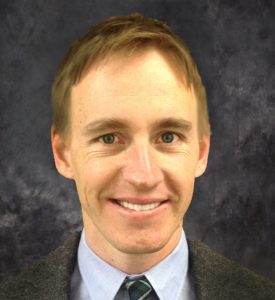“Innovative Designs Require Innovative Approaches:
CFD as a Tool for Nature-like Fishway Designs”
Benjamin Mater, PhD, PE
Alden Research Laboratory, LLC
Wednesday, February 14, 2024
4:00pm in Engineering 120

Abstract:
Three-dimensional (3D) Computational Fluid Dynamics (CFD) modeling is becoming widely utilized as a tool for designing fish passage measures around in-stream structures. Traditional measures, such as fish ladders, lend themselves well to CFD analysis thanks to relatively simple geometries and regular flow patterns. However, increasingly popular “Nature-Like Fishways” (NLFs) are characterized by complex channel morphologies that present a practical hurdle to CFD-based design efforts. This talk presents case studies in the novel use of CFD as a practical tool in the design of complex NLFs. Of particular focus will be a recently completed NLF at Saccarappa Falls on the Presumpscot River (Westbrook, ME). Practical lessons-learned in implementing such a complex, non-traditional design will be presented. The Saccarappa NLF stands as an example of how careful and creative modeling can push NLF design beyond relatively simple rock ramps and unlock the potential for more creative designs while reducing project uncertainty.
Speaker Bio:
Dr. Mater is an engineer with Alden’s hydraulic modeling group located at the Fort Collins, Colorado office. He specializes in the use of two- and three-dimensional numerical modeling to solve problems at the nexus of engineered and natural systems. Problems of particular interest include those related to river mechanics, sediment transport and fish passage, with his experience ranging from designing nature-like fishways in Maine to river-training structures on the mighty Lower Columbia River. He views modeling as a valuable design tool if applied carefully and often combines large-scale 2D approaches with high-resolution, 3D Computational Fluid Dynamics modeling to capture the interplay of far- and nearfield phenomena that characterize many problems in hydraulic engineering. His numerical modeling work is complemented by his frequent interaction with Alden’s physical modelers and his field experience as a stream restoration engineer. Ben also enjoys blending personal and professional interests as an avid fisherman and whitewater kayaker.